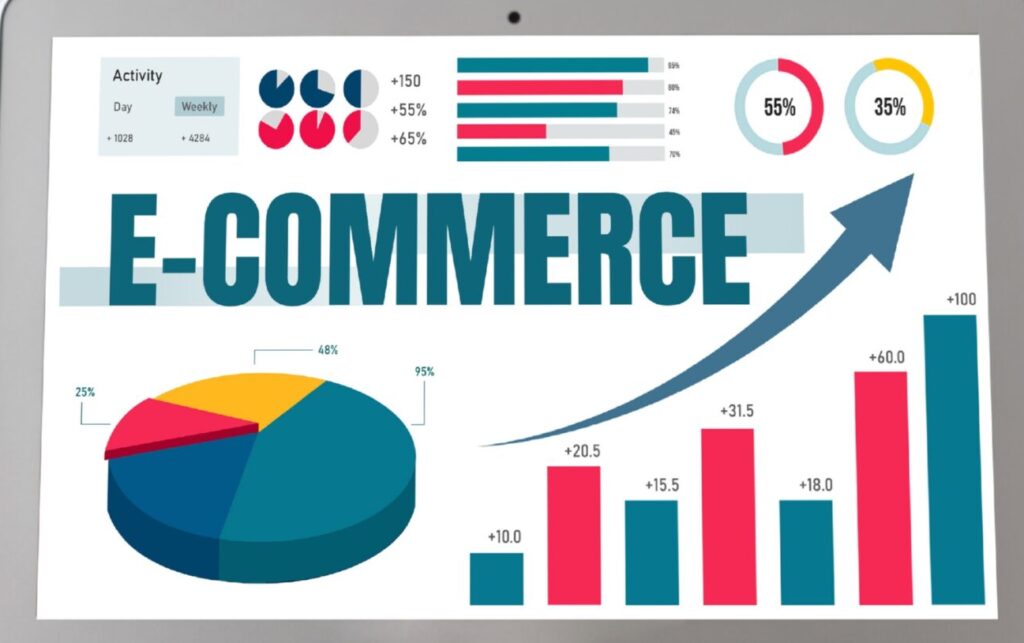In India, the growth of the e-commerce industry has been phenomenal in the last decade. With international giants like Amazon already establishing their presence, several indigenous firms have shown impressive performance in terms of growth. Most importantly, digitization in India has taken place rapidly in the last couple of years. Being one of the fastest developing economies in the world, the e-commerce segment in India looks promising.
However, the penetration of e-commerce in India is relatively low, at 28%. Considering the massive population that the country has, along with slower growth in infrastructure as compared to the West, this figure is impressive enough. In 2019, the e-commerce market in India is likely to generate revenue of around $32 billion or Rs.2.24 Lakh crores.
Which Segments Are Performing
Well In The Indian E-Commerce Market?
In terms of sales, the fashion
segment has performed outstandingly well, in comparison to other segments.
Companies like Flipkart, Snapdeal, Shopclues, Koovs and others are enjoying an
increment in their market share over the years. Besides, the sale of electronic
goods online is also notable in India. Being experimental and strategic with
the marketing policy, the e-commerce companies operating in India have thrown
up mega sales and discounted prices from time to time. This has further
increased the popularity of e-commerce in India.
As of 2018, the Indian internet user base stands at 475 million or 47.5 crores. This is around 40% of the Indian population. The penetration of e-commerce in the Indian market has remained relatively low, as compared to other nations like France and the US. However, the sector is growing rapidly, with close to 6 million (60 lakh) new companies entering the e-commerce sector every month.
Things To Know About The Indian E-Commerce Sector
- The largest e-commerce companies operating in India, as of 2017, were Amazon, Flipkart, Paytm, Myantra and Snapdeal. Flipkart was the largest e-commerce company in Indian till 2018. However, Amazon overtook Flipkart in terms of sales volume and revenue.
- Walmart has acquired Flipkart for $ 16 billion (Rs 1,12,000 crore). Therefore, it is expected to come up with a greater number of offline stores in India. This will give a stiff competition to Amazon and other e-commerce players. Particularly, Flipkart is expected to promote segments like electronics and fashion. Flipkart, in 2018, had acquired Upstream Commerce, an analytics startup based in Israel. This is likely to provide the company with a better direction amidst the competition in the industry.
- Paytm, on the other hand, has launched Paytm Bank. This is the first bank in India that does not charge any money for online transactions. Besides, the users get a free virtual debit card and no minimum balance requirement has been announced.
- Google, too, has penetrated the e-commerce industry in India. Google Shopping is presently gaining popularity. The company has also collaborated with Tata Trust for the ‘Internet Saathi’ project, which will encourage a greater number of rural women to use internet.
Presently, an increasing number of companies are shifting to the virtual business space, and several startups and launching their e-commerce businesses. The upcoming years are likely to witness a boom in the e-commerce industry in India.
Note: US Dollar to Indian Rupee exchange rate assumed at Rs.70/- for each US dollar



